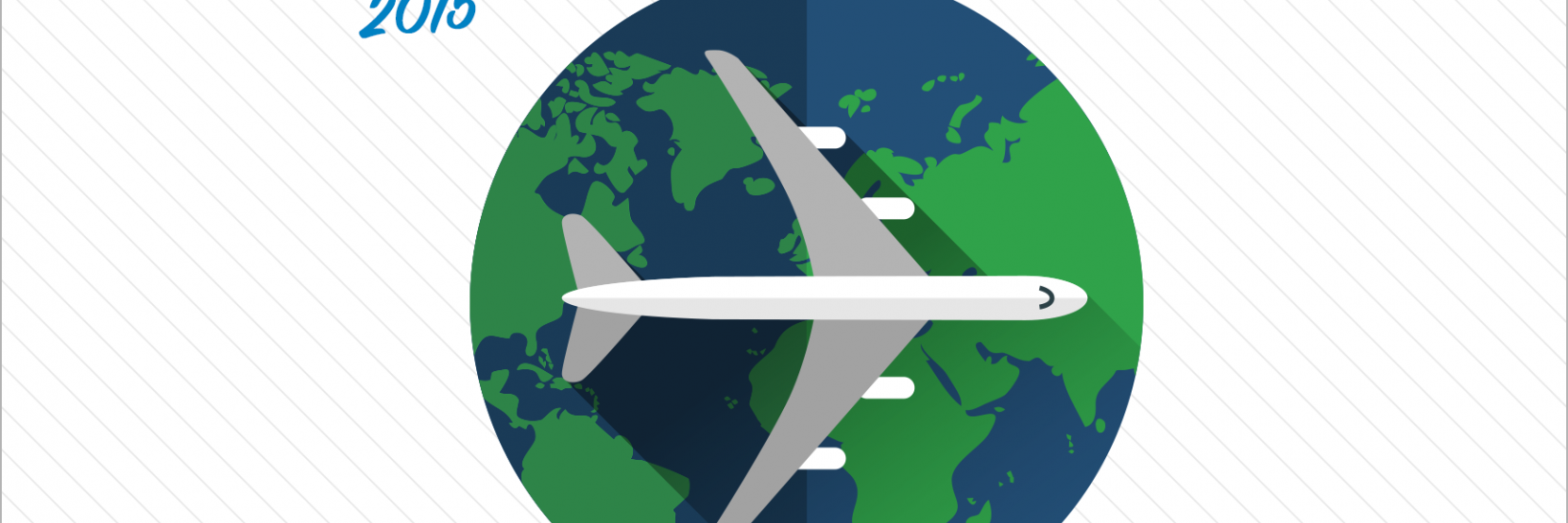
What to Know Before You Fly to Your Spring Break Destination
February 25, 2015
Did you know that approximately 1.8 million passengers pass through airports across the United States each day? During the busy spring break travel season, you can expect airports to be even more crowded.
Flying out of U.S. airports may be a new experience for you. All passengers must go through Transportation Security Administration (TSA) checkpoints before they board a plane. To help minimize stress that may accompany navigating different security protocols, here are a few highlights from the U.S. Department of Homeland Security’s TSA website to help you get through the security checkpoint faster.
Bring Your Identification
- Adult passengers 18 years and older must show valid identification (ID) at airport security checkpoints. The TSA agent will verify your ID and airline ticket before you may proceed to the security screening.
- Acceptable IDs include your foreign government-issued passport or a U.S.-issued driver’s license among many others. Download the full list of acceptable IDs for clarification on what TSA requires during the screening process.
Pack Smart
- Both you and your luggage will need to go through the TSA-screening process.
- Carry-on luggage refers to the bags you bring with you on the plane and checked luggage refers to the bags you give to the airline to place in the cargo area of the plane during the flight.
- TSA and the U.S. Federal Aviation Administration restrict certain items from being in your carry on luggage. A full list of prohibited items can be found on TSA's Prohibited Items page.
- If you want to pack liquids in your carry-on luggage, it is important that you follow TSA’s 3-1-1 liquid rule for carry-on baggage. This rule states that each passenger may bring one small bag of liquids, aerosols, gels, creams or pastes through the security checkpoint. Each item is limited to 3.4 ounces or less. If you consolidate these items and place them in a single zip-top bag, it will help TSA screen the items more efficiently.
- Download My TSA phone app where you can search for what can and cannot be brought through the TSA security checkpoint.
Dress the Part
- As a part of the TSA screening process, you will likely have to go through Advance Imaging Technology (AIT) and if something you are wearing sets off an alarm, a TSA officer will need to do further screening.
- TSA recommends you remove all bulky items from your pockets, as well as certain accessories. This includes removing wallets, jewelry, keys, coins and mobile devices.
- Unless otherwise instructed by the TSA officer, you will need to remove your shoes prior to AIT screening.
- You may wear head coverings and other religious garments during the screening process. However, any clothing (religious or otherwise) that is loose fitting or large enough to hide a prohibited item is subject to additional screening.
Because the United States has very specific security protocols and procedures for air travel, we strongly encourage you to visit TSA’s website for more details. If you have specific questions about air travel security and screening, please contact TSA directly using one of the methods outlined on its Contact Us page.
Help others move through security checkpoints faster by sharing these tips with your friends using #SpringBreak2015 on Facebook and Twitter.

